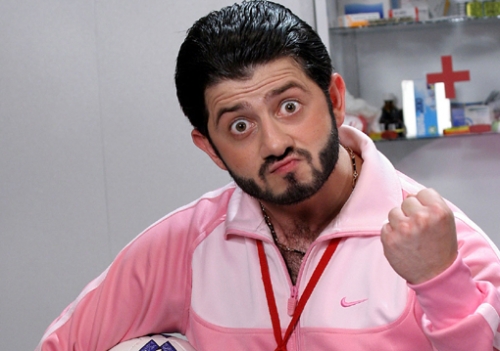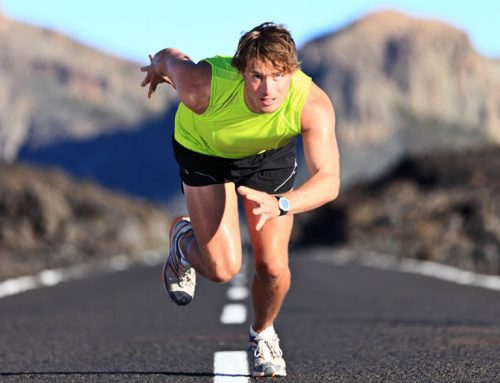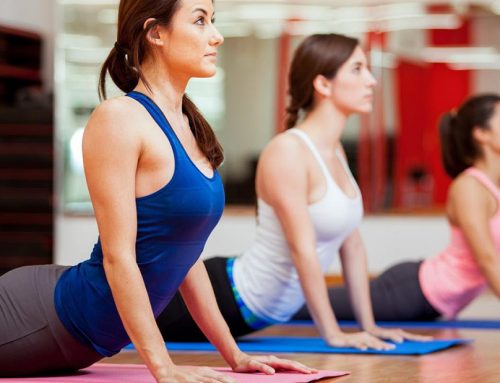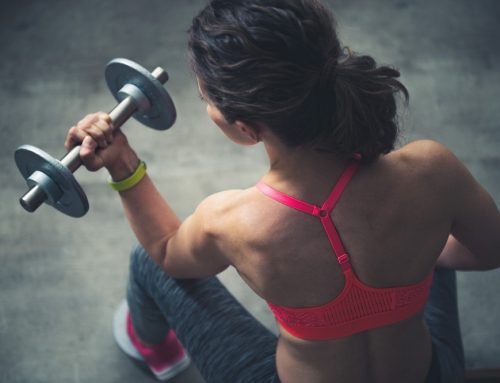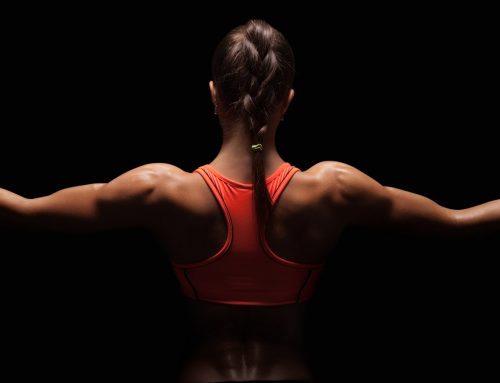Scoliosis? Increased or insufficient lordosis? Osteochondrosis? Hernia? Whatever, do the exercise, it’ll go away.)
In my previous article, I wrote about posture disorders and how to identify them. This article will tell you what can happen if you neglect the already broken posture in the training process, as well as what exercises should not be done in various violations, and what on the contrary to correct or prevent the violation.
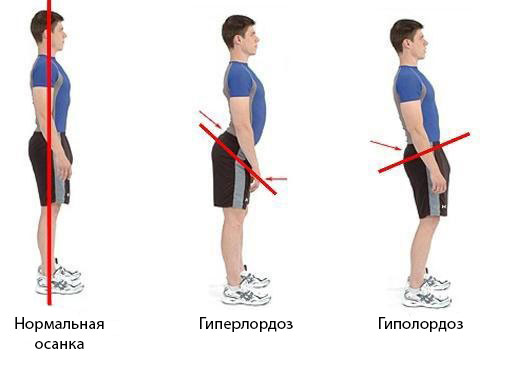 Enhanced lordosis is an imbalance of antagonist muscles such as the abs and the long extensor muscles of the spine. In this case, the lumbar muscles are in hypertonus. Our joints do not have their own blood vessels to supply nutrients. The nutrition of the joints is diffuse, that is, through nearby vessels.
Enhanced lordosis is an imbalance of antagonist muscles such as the abs and the long extensor muscles of the spine. In this case, the lumbar muscles are in hypertonus. Our joints do not have their own blood vessels to supply nutrients. The nutrition of the joints is diffuse, that is, through nearby vessels.
Because muscle tissue is overstretched – vascular function and nutrition is compromised. If you perform exercises that involve the long extensor muscles of the spine, the tension on these muscles will increase, which can lead first to osteochondrosis and then to herniation.
Osteochondrosis is the destruction of intervertebral discs, which is the result of abnormalities in posture, mineral metabolism disorders. The next stage is intervertebral herniation. This can be avoided with simple exercises.
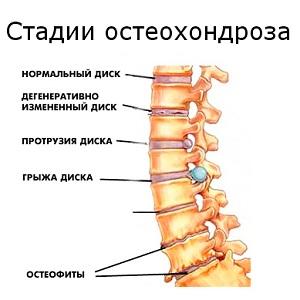
According to experience – along with a strengthened lordosis, there is mostly a quadriceps/back of thigh imbalance. In this case, using incorrect exercises or using traumatic techniques can also cause knee injuries.
Exercises that should not be used with increased lordosis:
-
- Compression exercises (with weights on the back that put pressure on the spine, such as squats, both with free weights and in a machine).
- Exercises that use the lower back muscles as a stabilizer (such as Romanian pulls, deadlifts, incline pulls), standing military press, dumbbell bench press, barbell chin press, weightlifting exercises like snatch, push press.
Leg extensions in the trainer, leg press (we affect already overstretched quadriceps overstretching them even more).
How to correct this violation? Very simple – stretch overstretched muscles, strengthen weakened ones.
Exercises to correct: lunges (although they include the lumbar muscles as a stabilizer, but at the same time and stretch the quadriceps and strengthen the biceps femoris), leg flexions in the simulator lying down (to strengthen the biceps femoris), active hyperextension (stretches the long extensor of the spine). Complex for stretching the long extensor of the spine see my video.
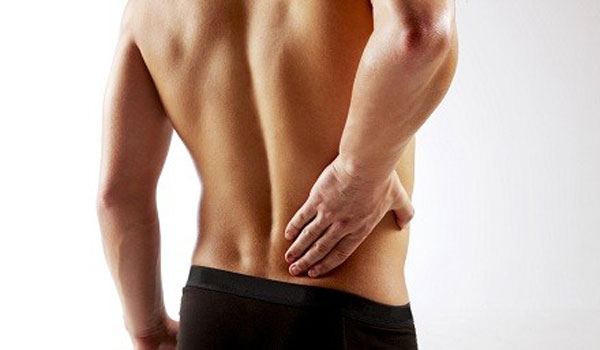 With insufficient lordosis we have the opposite picture – the long extensor spine is in hypotension and needs strengthening. What can we get by ignoring the cautions? The same herniated disc, the same knee injury. As a rule, with insufficient lordosis, the posterior surface of the thigh is also inflamed (overstretched), while the quadriceps is the opposite.
With insufficient lordosis we have the opposite picture – the long extensor spine is in hypotension and needs strengthening. What can we get by ignoring the cautions? The same herniated disc, the same knee injury. As a rule, with insufficient lordosis, the posterior surface of the thigh is also inflamed (overstretched), while the quadriceps is the opposite.
At the same time, the quadriceps is also inflamed (overstretched).
Exercises that are not recommended to use:
Squats with free weights (because a person with this disorder will have a rounded back when squatting, which can lead to a hernia), deadlifts (for the same reason), lunges (simultaneously load the already tense muscle and stretch the weakened one), leg curls lying down (so tense the tense muscle).
How to fix it? We fix it the same way – we need to strengthen the weakened muscle and stretch the inflamed one.
Exercises: leg curls in a seated trainer (strengthening the quadriceps), gakka squats (strengthening the quadriceps), leg press (strengthening the quadriceps), Romanian or deadlift (stretching the back of the thigh and strengthening the long extensor of the spine), passive hyperextension (stretching the back of the thigh and strengthening the long extensor of the spine).
Passive hyperextension (stretching the back of the thigh and strengthening the long extensor of the spine).
You can find the complex to correct scoliosis in my video)
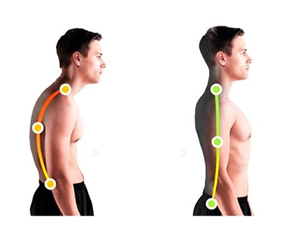 Slouching (thoracic kyphosis). Slouching is caused in most cases by poor posture in everyday life and at work. It can also be caused by scoliosis that preceded it.
Slouching (thoracic kyphosis). Slouching is caused in most cases by poor posture in everyday life and at work. It can also be caused by scoliosis that preceded it.
In this case, the pectoral and anterior deltoid muscles are in hypertonus, and such muscles as the broadest, large round, rhomboid, trapezius (its middle part) and posterior deltoids are weakened. Small stabilizers – rotator cuffs of the shoulder joint (small rhomboid, subscapularis, suprascapularis, subscapularis muscles) are also weakened.
For this type of disorder, you should not strain the pectoral muscles even more, worsening the posture, as it can spill over into cervical or thoracic osteochondrosis, well, you get the idea).
For the chest, don’t use more than 2 exercises for at least three to four weeks until you see a noticeable improvement in your posture.
Which exercises should you use? Strengthen your back with vertical (pull-ups on the bar or gravitron, vertical block pull, vertical pull in the lever machine) and horizontal (barbell or dumbbell pulls in a bend to the waist, horizontal block pull, lower block pull in a crossover, dumbbell bench press at a 45° angle).
Any type of disorder will benefit from stretching for inflamed muscles.
The following article will be useful for those who save their time. This information will allow everyone who is able to spare at least 30 minutes to train!
The following article will be useful for those who save their time!
Read our articles and grow with us, improving the quality of your workouts and quality of life in general!

